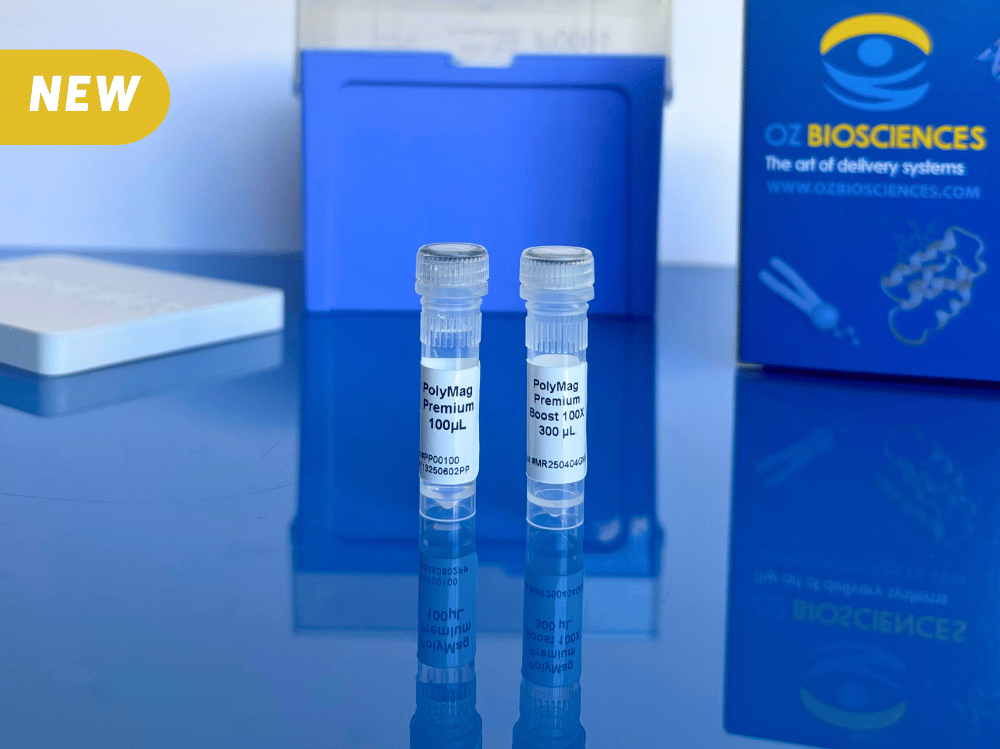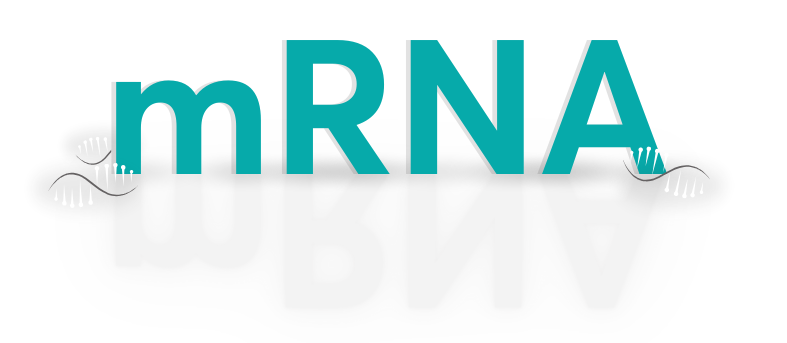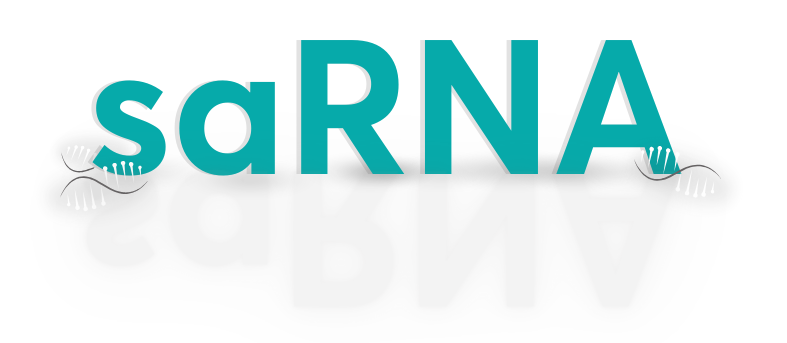Introduction to magnet-mediated transfection
In the field of molecular biology research, efficient gene delivery is crucial for the success of various experiments and studies. Gene delivery involves the introduction of foreign DNA or RNA into cells, allowing scientists to manipulate genetic material and gain insights into biological processes. One method that has gained significant attention in recent years is magnet-mediated transfection. This innovative technique utilizes the power of magnetic nanoparticles to efficiently deliver genetic material into target cells. In this comprehensive guide, we will explore the basics of magnet-mediated transfection, its advantages over other methods, applications in gene delivery, key components involved, a step-by-step procedure, troubleshooting common issues, and the future prospects of this technique in gene therapy and personalized medicine.
Understanding the basics of magnet-mediated transfection
Magnet-mediated transfection is a non-viral gene delivery method that relies on the use of magnetic nanoparticles to facilitate the uptake of genetic material by target cells. These nanoparticles are typically coated with transfection reagents, which aid in the binding and internalization of DNA or RNA. The key advantage of this technique lies in its ability to specifically target desired cells through the application of an external magnetic field. By attaching magnetic nanoparticles to the genetic material of interest, researchers can guide the particles towards the desired cell population, maximizing the efficiency of gene delivery.
Advantages of magnet-mediated transfection over other methods
Compared to traditional methods such as viral vectors or chemical transfection, magnet-mediated transfection offers several advantages. Firstly, it is a non-viral approach, eliminating concerns related to viral vector safety and potential immune responses. This makes magnet-mediated transfection an attractive option for both in vitro and in vivo studies. Additionally, the specificity of this technique allows for precise targeting of specific cell types, minimizing off-target effects. The efficiency of gene delivery is also significantly enhanced, resulting in higher transfection rates and better experimental outcomes. Furthermore, magnet-mediated transfection is a relatively simple and cost-effective method, requiring fewer steps and reagents compared to other approaches.
Applications of magnet-mediated transfection in gene delivery
The versatility of magnet-mediated transfection makes it applicable to a wide range of research areas within molecular biology. One notable application is the study of gene function, where researchers can introduce exogenous DNA or RNA into cells to investigate the effects of gene expression or silencing. This technique is particularly useful for studying genes involved in disease pathways or developmental processes. Another area where magnet-mediated transfection shows promise is in gene therapy. By delivering therapeutic genes into target cells, researchers aim to correct genetic defects or enhance cellular functions. The ability to specifically target cells using magnetic nanoparticles opens up new possibilities for targeted gene therapies. Moreover, magnet-mediated transfection has potential applications in personalized medicine, allowing for tailored treatments based on an individual's genetic profile.
Key components of magnet-mediated transfection - DNA, RNA, transfection reagent, and magnetic nanoparticles
The success of magnet-mediated transfection relies on the careful selection and preparation of key components. The first essential component is the genetic material of interest, which can be in the form of DNA or RNA. DNA is commonly used for gene overexpression or knockout studies, while RNA is often employed for gene silencing experiments. The genetic material must be of high quality and purity to ensure reliable results.
To facilitate the binding and internalization of DNA or RNA into target cells, a transfection reagent is required. Transfection reagents act as carriers, promoting the interaction between the genetic material and the cell membrane. These reagents can vary in composition, and it is important to choose one that is compatible with the specific cell type and genetic material being used.
Magnetic nanoparticles are the key elements that allow for the specific targeting of cells in magnet-mediated transfection. These nanoparticles are typically coated with a material that enables the attachment of DNA or RNA. The nanoparticles themselves are composed of a magnetic core, often made of iron oxide, which responds to external magnetic fields. The size and surface properties of the nanoparticles play a crucial role in determining their binding efficiency and cellular uptake.
Step-by-step guide to the magnet-mediated transfection procedure
- Preparation of genetic material: Start by preparing the DNA or RNA of interest. Ensure that the genetic material is of high quality, free from contaminants, and quantified accurately using spectrophotometry.
- Coating magnetic nanoparticles: Coat the magnetic nanoparticles with a suitable material that allows for the attachment of genetic material. Mix the nanoparticles with the genetic material in an appropriate buffer solution and incubate for a specified period to allow for binding.
- Optimization of transfection conditions: Determine the optimal ratio of genetic material to transfection reagent and optimize the conditions for magnetic field application. This step may require testing different ratios and magnetic field strengths to achieve the highest transfection efficiency.
- Cell preparation: Prepare the target cells by ensuring they are healthy, actively growing, and at the appropriate density for transfection. It is important to culture the cells under optimal conditions to maintain their viability and functionality.
- Transfection procedure: Add the coated magnetic nanoparticles containing the genetic material to the cells and incubate for a specific duration to allow for internalization. Apply an external magnetic field to guide the nanoparticles towards the cells, enhancing their uptake. Carefully follow the manufacturer's instructions for the specific transfection reagent and magnetic field conditions.
- Post-transfection analysis: After the transfection period, analyze the cells to confirm successful gene delivery. This can be done through various techniques such as fluorescence microscopy, flow cytometry, or gene expression assays. Assess the transfection efficiency and adjust the experimental parameters if necessary.
Troubleshooting common issues in magnet-mediated transfection
Although magnet-mediated transfection is a powerful technique, it can encounter certain challenges. Here are some common issues and troubleshooting tips:
- Low transfection efficiency: If the transfection efficiency is low, consider optimizing the ratio of genetic material to transfection reagent. Additionally, try increasing the incubation time to allow for better binding and internalization.
- Poor cell viability: If cell viability is compromised after transfection, examine the concentration and toxicity of the transfection reagent. Adjust the concentration or switch to a different reagent if necessary. Also, ensure that the magnetic field strength is not damaging the cells.
- Inconsistent results: Inconsistencies in transfection results may arise from variations in cell density, culture conditions, or transfection parameters. Maintain consistent cell culture conditions and carefully monitor the transfection process to minimize variability.
- Off-target effects: To minimize off-target effects, refine the targeting strategy by choosing magnetic nanoparticles with a high affinity for the desired cell population. Additionally, consider using magnetic field gradients to further enhance targeting specificity.
Future prospects of magnet-mediated transfection in gene therapy and personalized medicine
The future prospects of magnet-mediated transfection are promising, particularly in the fields of gene therapy and personalized medicine. As researchers continue to refine and optimize the technique, magnet-mediated transfection has the potential to revolutionize gene therapy approaches. The ability to precisely target specific cells and tissue types using magnetic nanoparticles opens up new possibilities for delivering therapeutic genes with minimal off-target effects.
In personalized medicine, magnet-mediated transfection can play a crucial role in tailoring treatments based on an individual's genetic profile. By using magnetic nanoparticles to deliver therapeutic genes or RNA molecules, healthcare providers can develop personalized treatment strategies that address the unique genetic makeup of each patient. This holds great potential for improving the effectiveness and safety of treatments, particularly in the context of complex diseases with genetic components.
In conclusion, mastering magnet-mediated transfection is a valuable skill for researchers in the field of molecular biology. This technique offers numerous advantages over traditional methods, including enhanced efficiency, specificity, and simplicity. By understanding the basics, selecting the right components, and following a systematic procedure, researchers can achieve successful gene delivery using magnet-mediated transfection. As the field continues to evolve, we can expect even greater advancements in gene therapy and personalized medicine through the utilization of this innovative technique.
Final thoughts on mastering magnet-mediated transfection
Mastering magnet-mediated transfection is a journey that requires a solid understanding of the underlying principles, careful optimization of experimental parameters, and troubleshooting skills. By following this guide, researchers can harness the power of magnet-mediated transfection to advance their molecular biology research. Whether it is unraveling the mysteries of gene function or developing personalized gene therapies, this technique holds immense potential for making significant contributions to the field of genetics and medicine. Embrace the possibilities of magnet-mediated transfection and unlock new frontiers in gene delivery!





